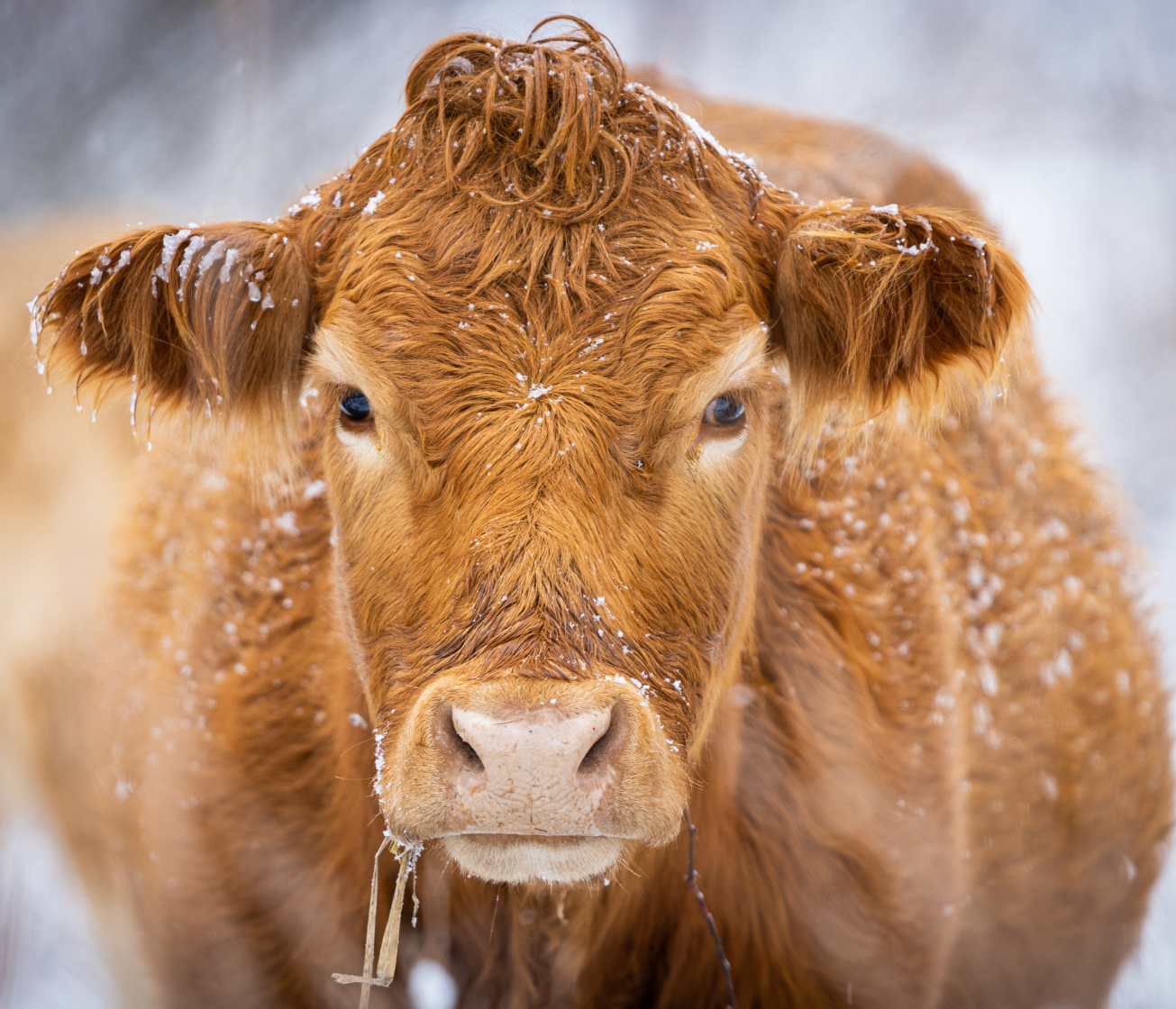Managing Livestock in Winter
go.ncsu.edu/readext?1052173
en Español / em Português
El inglés es el idioma de control de esta página. En la medida en que haya algún conflicto entre la traducción al inglés y la traducción, el inglés prevalece.
Al hacer clic en el enlace de traducción se activa un servicio de traducción gratuito para convertir la página al español. Al igual que con cualquier traducción por Internet, la conversión no es sensible al contexto y puede que no traduzca el texto en su significado original. NC State Extension no garantiza la exactitud del texto traducido. Por favor, tenga en cuenta que algunas aplicaciones y/o servicios pueden no funcionar como se espera cuando se traducen.
Português
Inglês é o idioma de controle desta página. Na medida que haja algum conflito entre o texto original em Inglês e a tradução, o Inglês prevalece.
Ao clicar no link de tradução, um serviço gratuito de tradução será ativado para converter a página para o Português. Como em qualquer tradução pela internet, a conversão não é sensivel ao contexto e pode não ocorrer a tradução para o significado orginal. O serviço de Extensão da Carolina do Norte (NC State Extension) não garante a exatidão do texto traduzido. Por favor, observe que algumas funções ou serviços podem não funcionar como esperado após a tradução.
English
English is the controlling language of this page. To the extent there is any conflict between the English text and the translation, English controls.
Clicking on the translation link activates a free translation service to convert the page to Spanish. As with any Internet translation, the conversion is not context-sensitive and may not translate the text to its original meaning. NC State Extension does not guarantee the accuracy of the translated text. Please note that some applications and/or services may not function as expected when translated.
Collapse ▲Winter can be a challenge when it comes to maintaining the health of our livestock herds. Just like with humans, changes in the outside temperature lead to respiratory challenges so always being on the lookout for those issues is a must regardless of them being inside or out. The good news is cattle and other livestock generally have the right winter coat for cold weather, but when old man winter starts to mix wind and dampness into the equation along with frozen ground, livestock start looking for a dry area to lie down in. So what management steps can we take to keep our livestock happy, healthy, and productive through these dreaded winter months?
If housing and feeding any livestock indoors we need to be sure that there is adequate ventilation to keep air moisture, odor, and nitrogen levels low, while maintaining as constant of a temperature as possible. The goal of bringing livestock indoors is usually to protect them from the elements they will encounter outside, so we need to make sure that by bringing them indoors we don’t end up just exposing them to different harmful elements. There are certainly many benefits to housing and feeding livestock indoors but there are also a few drawbacks as well.
 The one drawback directly related to keeping odor and nitrogen levels low is the necessity to remove the buildup of manure from the area. This costs extra time and equipment hours for producers.
The one drawback directly related to keeping odor and nitrogen levels low is the necessity to remove the buildup of manure from the area. This costs extra time and equipment hours for producers.
If housing and feeding outdoors similarly it is important to keep the buildup of manure due to congregation around feeders at a minimum as well. A couple of things to keep in mind when choosing areas to feed, if you move feeders around throughout the winter, is to try to find a spot that is not in a low-lying area of your pasture, also trying to move feeders to a new area more quickly before muck gets too deep. This is critical for newborn animals to prevent broken legs from being stepped on or trampled by larger stock, and to help control scours.
When it comes down to literally feeding livestock during winter months producers will need to feed more hay or forage so that the animals built in heat source- the rumen- can actually do its job and help keep the animal warm. Not only will the livestock need to eat more but they will also need to consume more water as well to aid in digestion of a larger volume of forages. Water is just as important in winter months as it is in summer months. Don’t forget to check water sources regularly to be assured that they are not frozen over and there is flow to maintain freshness.




